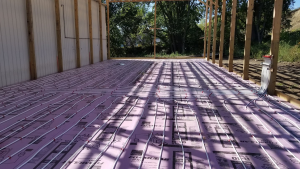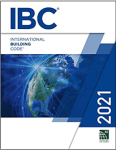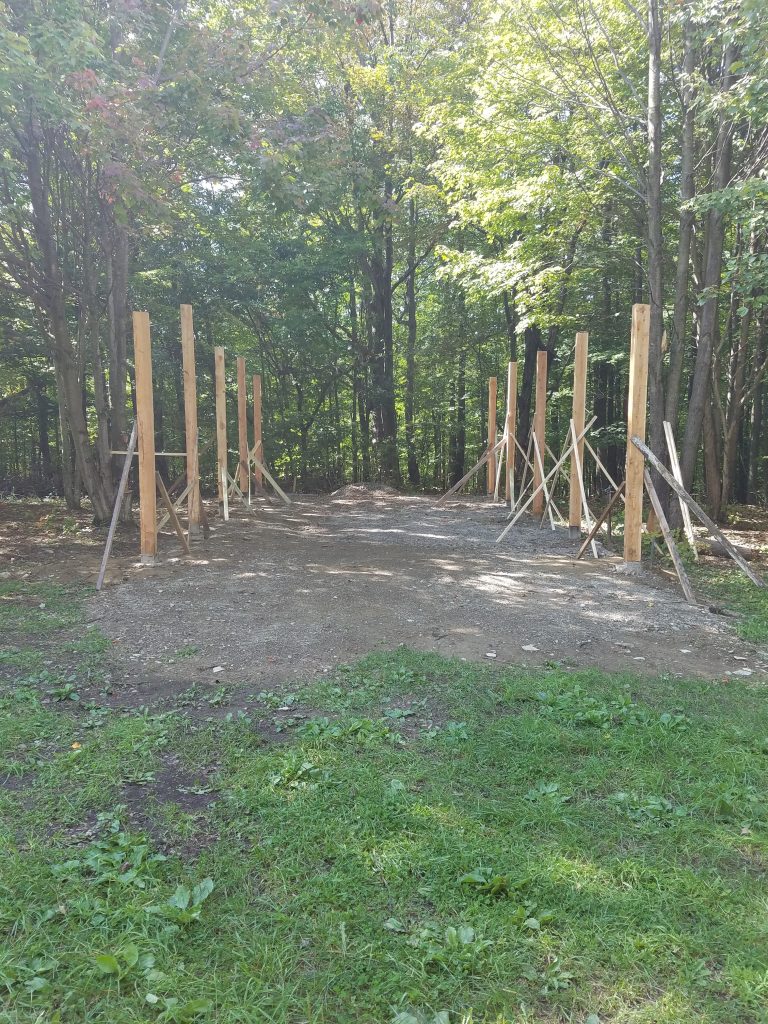Minimizing Excavation In Combination With Post-Frame Frost Protected Shallow Foundations Part II
In our last thrilling episode Snidely Whiplash had tied our fair damsel in distress, Nell Fenwick, to railroad tracks.
Oops – railroad engineers are not what most of you were expecting!
Continuing with a simplified solution response to reader DAVID’s ideas regarding site preparation and Shallow Frost Protected Foundations (SFPF) for post frame buildings.
Dear David ~
Thank you for your patience. As you may know from reading this column, I tend to research everything to best of my abilities prior to writing an article or responding to questions. Areas of site preparation and concrete flatwork are ones where I have a more limited amount of personal experience, so I have been doing a plethora of reading and contacting (and discussing) with concrete experts. I also am not married to a position, as better information becomes available, I take advantage of it.
Article you reference in (1) has been updated since you last perused it. Even though many RDP (Registered Design Professionals – architects and engineers) specify sand over under slab vapor barriers, I have now become a “no sand above vapor barrier” school convert.
To follow, a summation of my thoughts in regards to this subject, with top of slab being fixed 3-1/2” above grade.
(a) Excavate entire site to remove organic materials. Area to be excavated should be a minimum of three feet outside of actual building foot print. Depth of excavation below zero point (grade) should allow for any concrete thickness greater than a nominal four inches (3-1/2″ actual), two inches of insulation board (if desired), two to six inches of sand or sandy gravel and six to 12 inches of sub base. Assuming a nominal four inch slab, total depth of excavation should be 16 inches if doing a FPSF.
(b) Auger holes for columns, stand columns in augered holes and backfill with concrete per engineered plans.
(c) Install splash plank/skirt board, with board bottom even with grade (zero). There would be no reason to increase dimension to greater than 2×8, as vertical insulation boards prevent any concrete in a slab thickness greater than a nominal four inches to “leak” to outside world.
Side bar – 2×10 or 2×12 pressure preservative treated material will be available, however many times only via special order. If any portion were to be entirely embedded below grade, then appropriate treatment level would more probably be UC-4B – as UC-4A treatment levels are strictly for ground contact.
(d) Place vertical and horizontal insulation boards for FPSF – backfilling with sand or sandy gravel sufficiently to hold vertical insulation boards in place.
(e) Place sub-base, then base material, compacting in lifts.
(f) Place 15mil vapor barrier (make sure to run it up insides of splash planks); Under slab insulation (as desired); pex (https://www.hansenpolebuildings.com/2016/08/pex-tubing/), rebar and/or mesh, and then pour the slab.
This minimizes excavation by eliminating need for a trench.










I had a conversation yesterday with the building inspector for a cabin we are planning in Northern Wisconsin. The primary topic was combining post frame construction with a slab poured with embedded PEX for hydronic heating. I’m struggling to understand the benefits of following the steps you outline here vs. foregoing the augured holes entirely and going with a FPSF with provisions for mounting the posts to the concrete. It seems the FPSF route would involve fewer interactions between excavation processes (via contractor) and shell erection (hopefully by me.) This would leave me less dependent on concrete crew activity when it comes to expending vacation time on my part of the construction. Certainly there are some factors I’m missing….
The benefit is you would not need to pour a continuous concrete foundation wall, saving a significant amount of money. Per the article, you are still doing FPSF, just without the need to pour a continuous footing and foundation or a slab with a very thick edge. The only time you are going to have to deal with a concrete crew, is when the slab gets poured, which could even be after the building shell is erected.
Hello,
So, just for my own clarity……the top of the (4’deep) post holes is 16″(excavation depth) below grade. This would require a post length of hole depth + excavation depth + eave height. Will the posts in your kits be that long?
Because your excavation’s backfill is compacted the overall depth of the column embedment is from finished grade.
I was understanding that the post hole should be in ‘undisturbed’ soil…..?